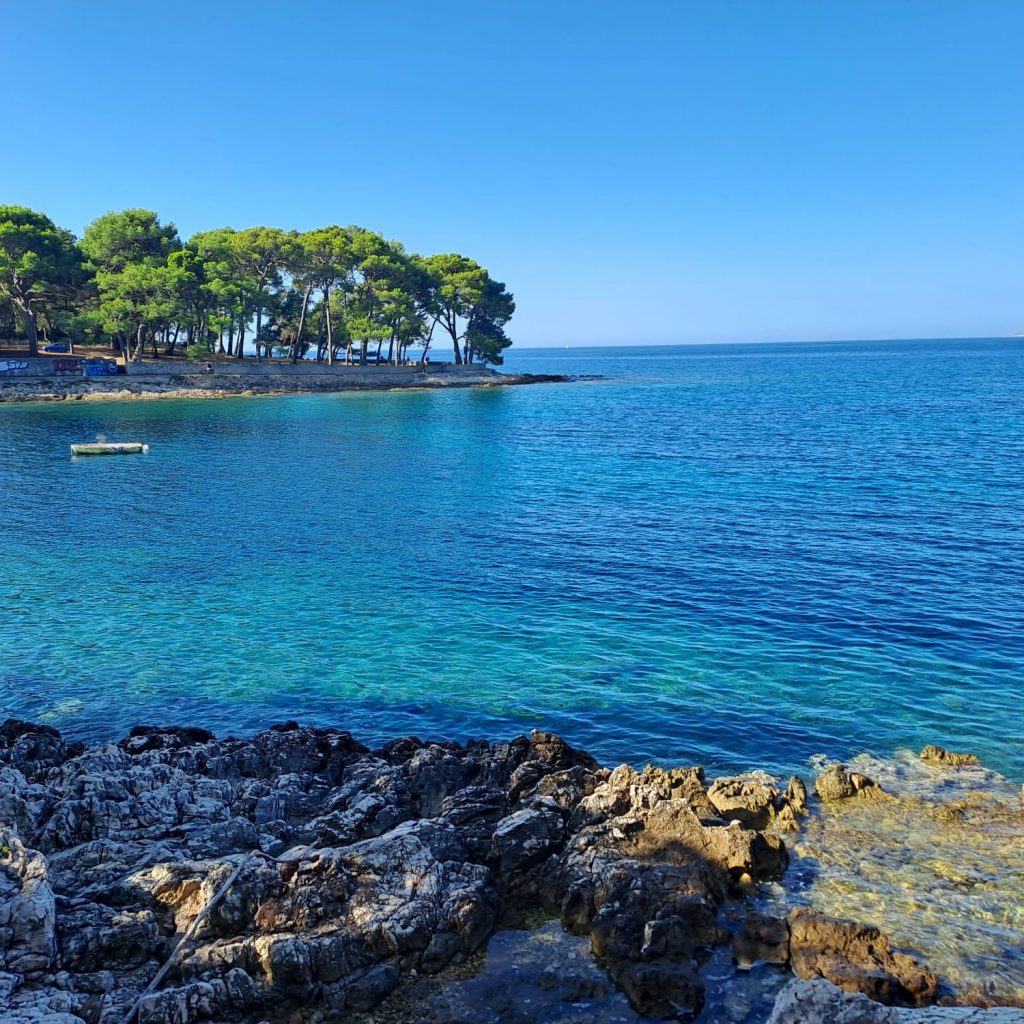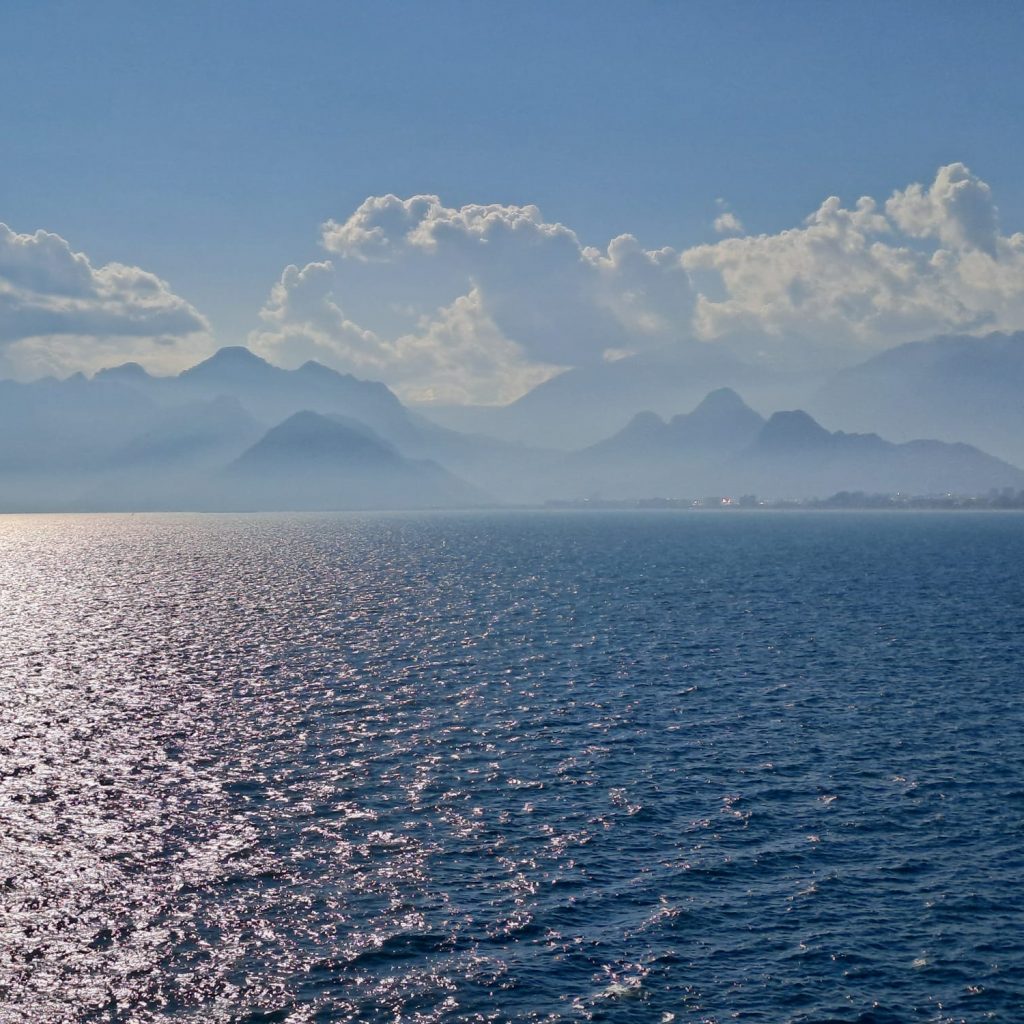Case Study: Mediterranean Sea, Report V2
The Mediterranean sea presents the second largest biodiversity hotspot in the world. The region is highly fragmented (politically, culturally, demographically, and socio-economically), with a pronounced north-south divide. The northern countries tend to be economically rich, EU member states or candidate countries, while southern and eastern states are significantly poorer, with growing populations (CEPF, 2017). The marine policy landscape of the Mediterranean is complex, due to the interplay between the EU, Mediterranean level, and international policies, which bring with them a wide variety of different actors.

This case study aims to study the implementation of the Green Deal marine policies, with a focus on biodiversity and climate change integration in the fishery policies, and the challenges of cross-compliance across the Mediterranean sea basin area. However, Mediterranean sea is shared between 22 coastal states, only eight of them part of the EU (with addition of Monaco, with close EU ties, and four EU candidate states). Consequently, the European Green Deal is only directly relevant for the minority of the Mediterranean countries and the scope of the case study needs to be broadened.
United Nations Environment Programme/Mediterranean Action Plan (UNEP/MAP) and Plan Bleu (2020) identify eight major threats to the Mediterranean environment and development, with fisheries being one of them. General Fisheries Commission for the Mediterranean (GFCM) assessments show that 73% of assessed fish stocks in the Mediterranean are overfished, with only about 50% of all stocks being assessed. This is a decrease from 88% in 2014. Additionally, 18% of catches are discarded (depends considerably on the type of fishing gear used).

Moreover, climate change is further exacerbating the situation, as the basin is warming and acidifying faster than the global average, forcing movements of fish species and a high rate of biological invasions. Economic activities in the region, including fisheries, are inextricably linked to the climatic and environmental conditions. While there is a long history of highly diverse fisheries, contributing to economy, health, and wellbeing in Mediterranean nations, those are now threatened. The influence of climate change on fisheries is complex, but since most Mediterranean fish stocks are overexploited, the whole sector is more vulnerable to further pressures.
At the same time, changing environmental conditions are also affecting rich biodiversity, as the warmer waters have already led to mass mortality events in coralligenous habitats, sponges, and among molluscs, while seagrass meadows are also regressing. The degradations of seagrasses and coralligenous assemblages can both be, at least partly, linked also to fishing practices (UNEP/MAP and Plan Bleu, 2020). While almost 10% of the Mediterranean is formally protected in MPAs, only about 10% of them are considered to be appropriately managed, and only about 0.06% of Mediterranean Sea enjoys strict protection.
The environmental and anthropogenic pressures on the Mediterranean, as a whole, are doubtless even more complex. However, even this comparatively narrow focus on only three policy areas, already demonstrates daunting complexity of challenges on both environmental and policy sides.
If you would like to read the rest of the report you can find it here.



